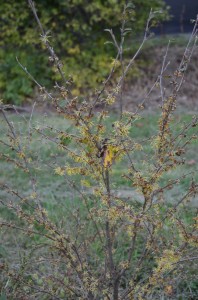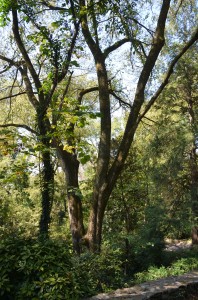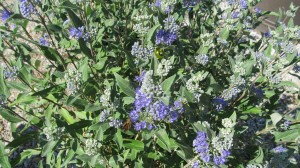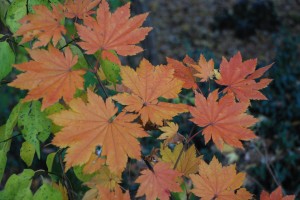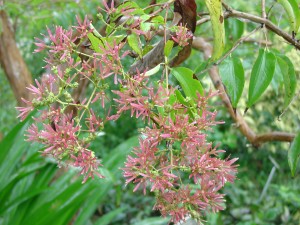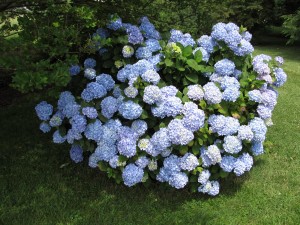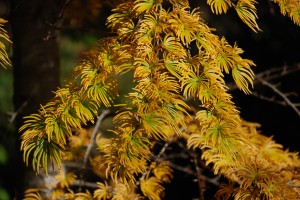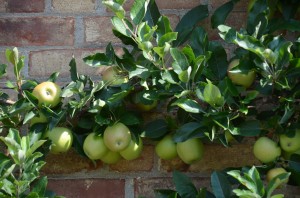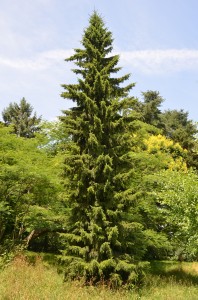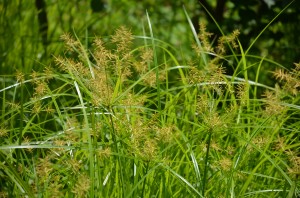Little Suzy American witchhazel (Hamamelis virginiana ‘Little Suzy’) was hybridized and introduced by Harald Neubauer, owner of Hidden Hollow Nursery in Belvidere, TN. This medium sized shrub grows 8-10 feet tall and 10-15 feet wide. It is particularly suited to small urban gardens where standard American witchhazels (20-25 feet in height and width) are too large. Little Suzy’s short compact nature is due to its shorter internode lengths.
Little Suzy blooms freely at a young age. The witchhazel-scented soft yellow blooms appear in October and November in the Southern Appalachian region (USDA hardiness zones 6 and 7). The 4- narrow, strap-shaped yellow petals appear at a time of year when little else is blooming.
New leaves emerge reddish-bronze in early spring and turn dark green. Summer leaves are dark green and remain blemish-free from disease and pest woes. Foliage stays clean and pest-free throughout the growing season. The 3 to 6 inch long coarsely toothed leaves turn clear yellow before falling in late autumn.
American witchhazel is not finicky where it grows, either in full sun to partial shade. It prefers moist, acidic, and well drained soil, but a 2-year established shrub exhibits good heat and drought tolerances. Their “popcorn” like seed capsules can disperse seeds 25 feet or more away.
American witchhazel is utilized as a fall blooming oddity or plant several together for a deciduous hedge or privacy screen. Through judicious pruning a shrub can be shaped into a lovely small tree.
Little Suzy witchhazel is available from specialty plant nurseries on-line.

